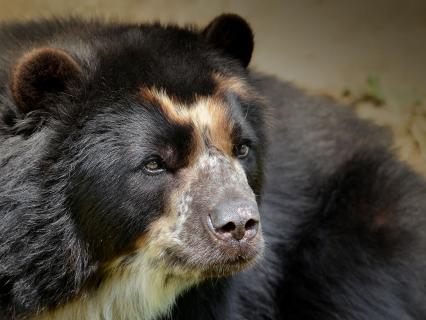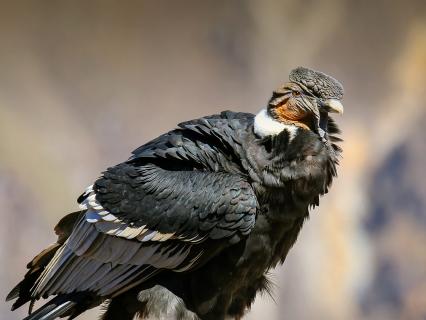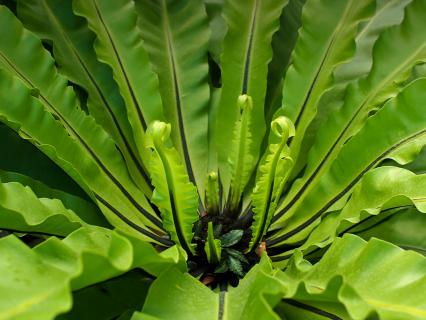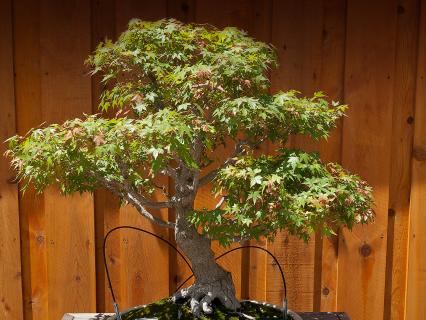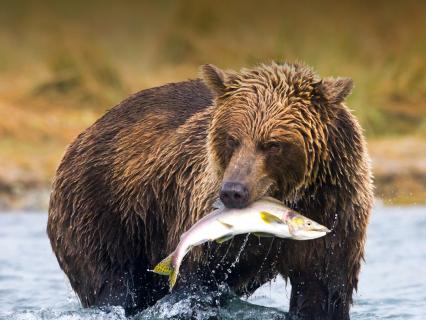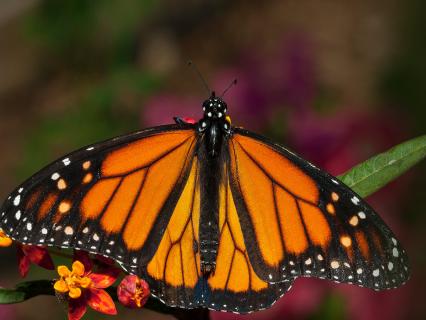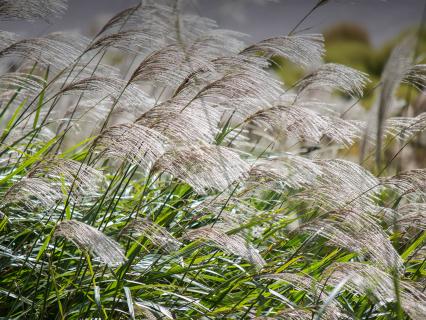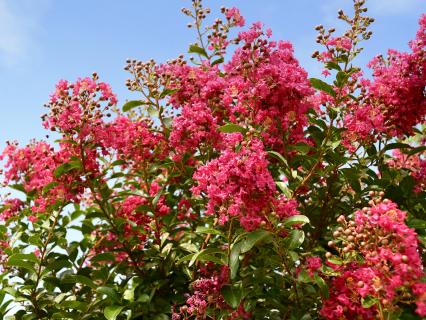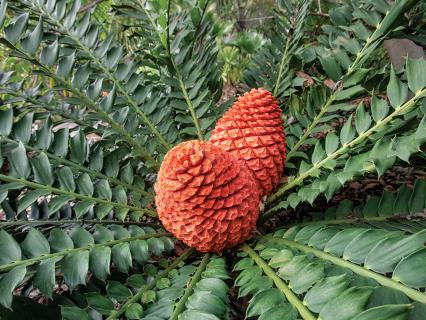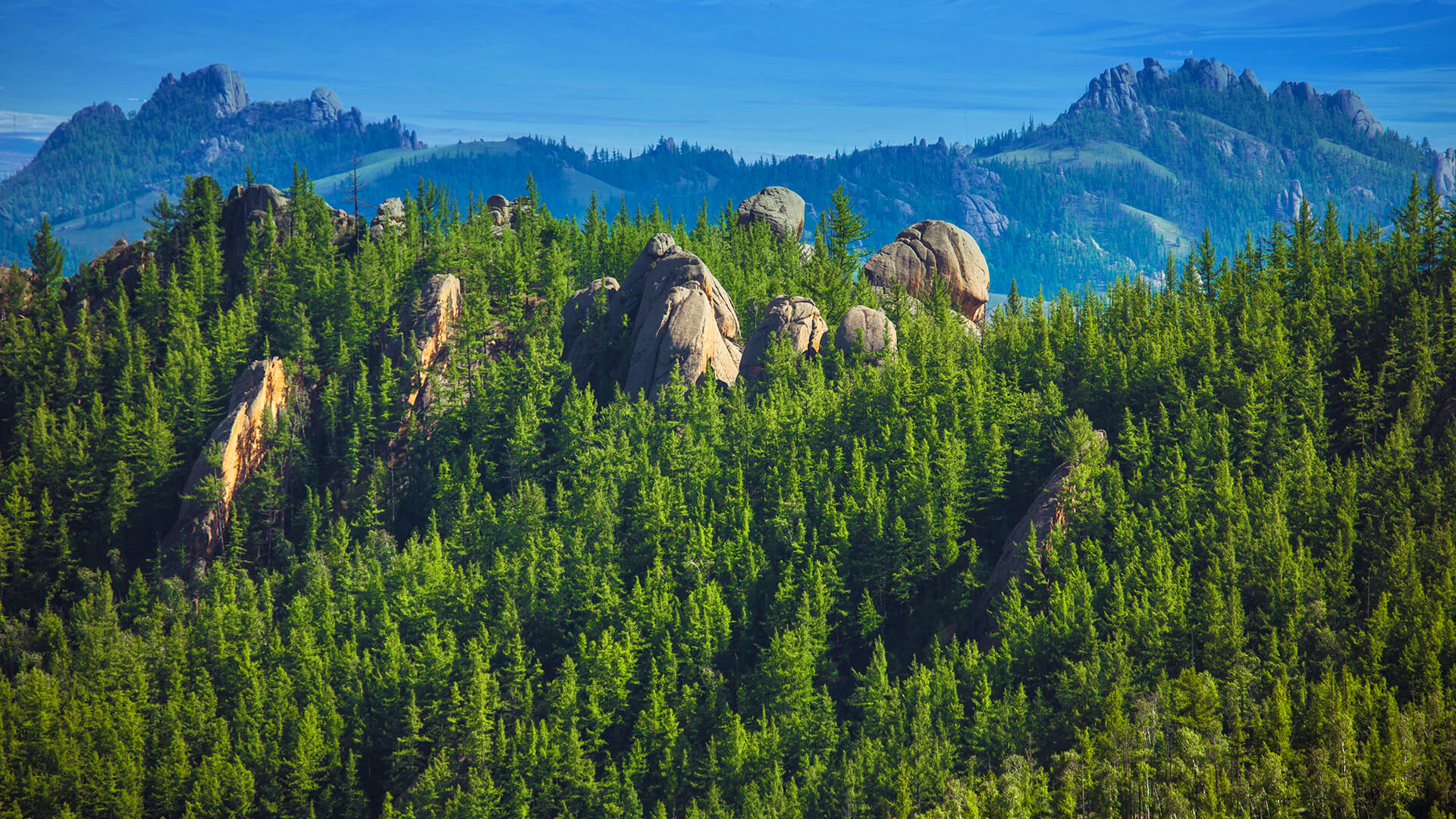
Temperate Forest and Taiga
In temperate forests there is enough rainfall to allow trees, shrubs, flowers, ferns, and mosses to flourish, while also following the rhythm of the seasons: sun and warm temperatures in the summer, and snow and cold temperatures in the winter. Most temperate forests are made up of a mix of deciduous trees like oak, beech, maple, ash, hazel, and birch, along with some evergreens and conifers like pine, redwood, hemlock, and cedar.
Taiga is a type of forest habitat is sometimes called a boreal forest, but it is much colder and can remain under ice and snow for more than six months of the year. The forest trees here are mostly conifers and evergreens, like spruce, pine, fir, and larch.
Some areas of temperate forest have dense stands of very old trees, while other areas that have been affected by storms, drought, landslides, or fire contain younger trees and more open areas like glades or small meadows. Very few of the Earth’s temperate forests have remained untouched by humans, and vast areas that used to be covered by ancient, “old growth” forests are now occupied by cities and farmland.
The interactions between the trees, shrubs, and undergrowth of temperate forests and taiga are complex and dynamic, as they respond to changes in soil, water, seasons, and climate. This creates a diverse ecosystem containing several types of woodland communities. The rich soil, leaf litter, fallen trees, and living forest provide homes and food sources for a wide variety of animals and insects.


